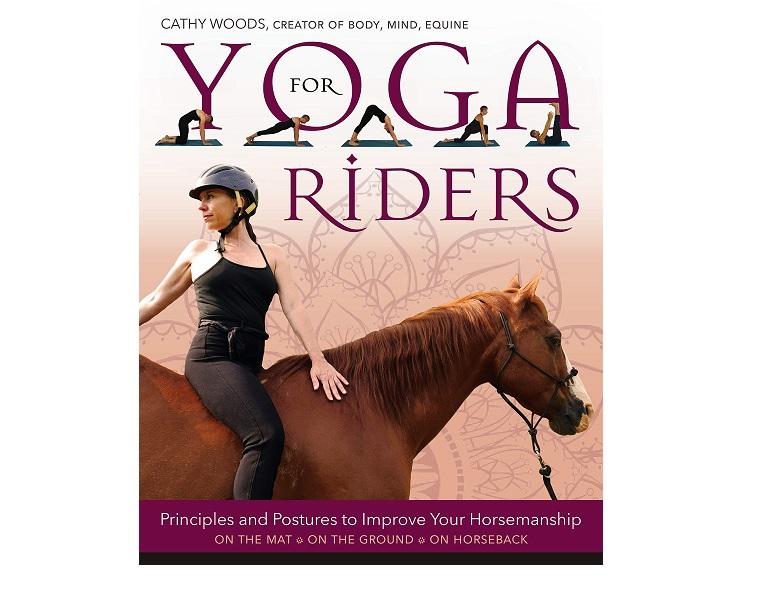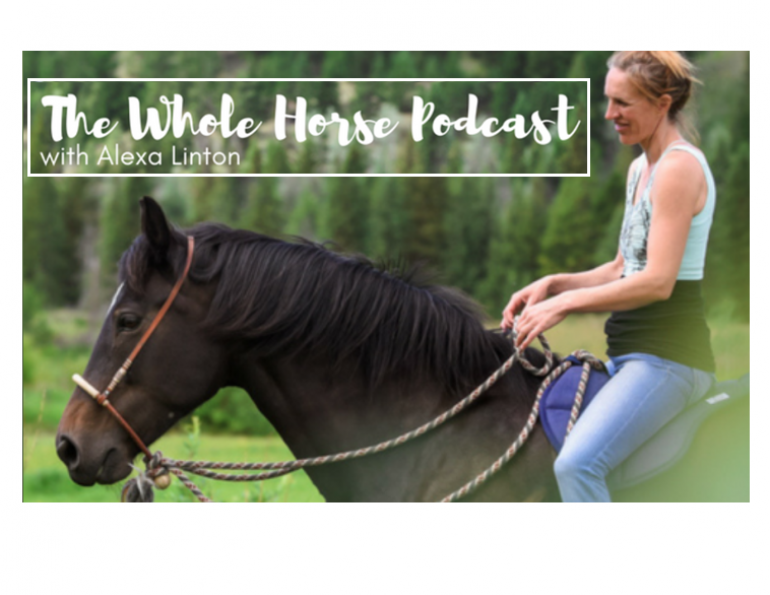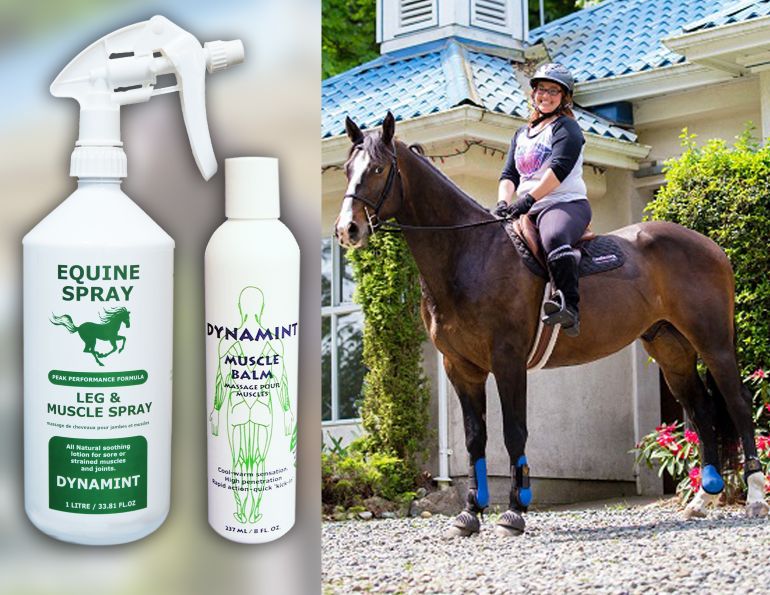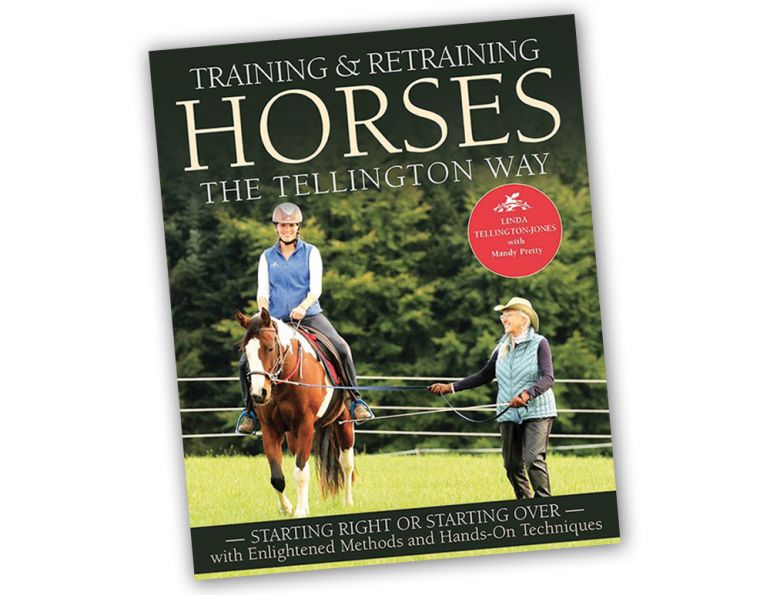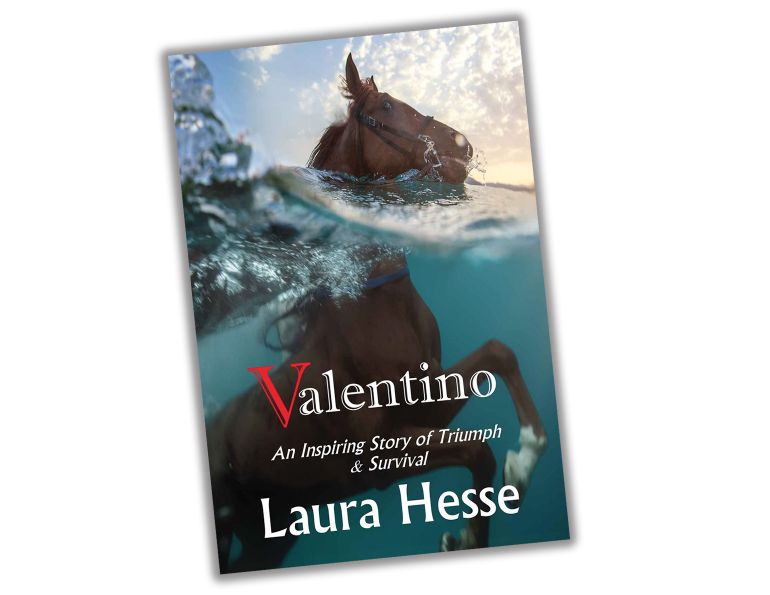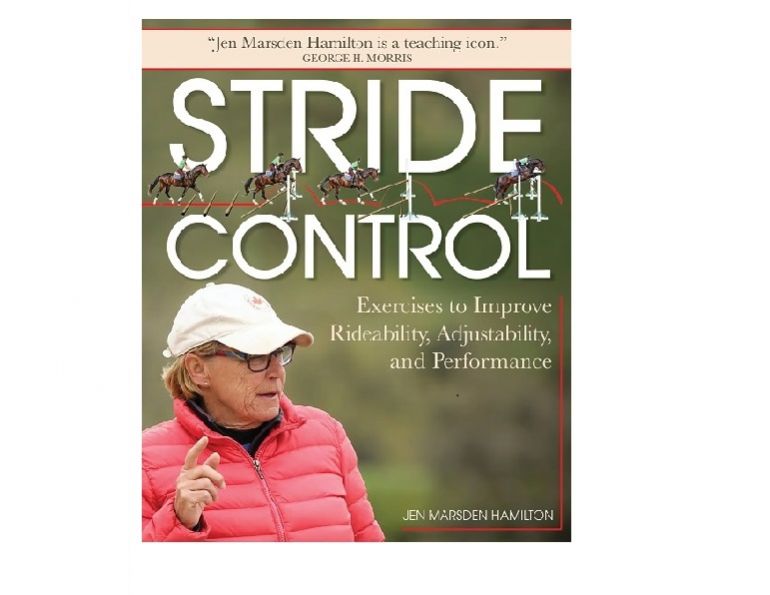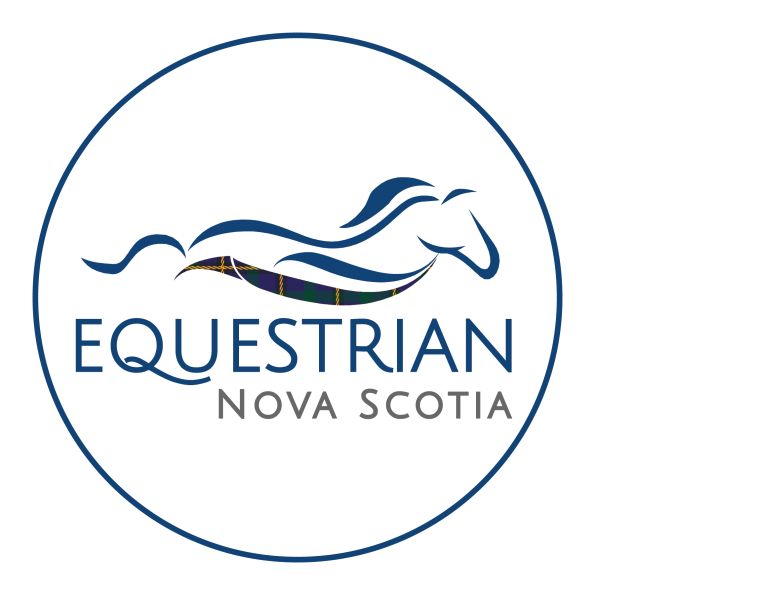Principles and Postures to Improve Your Horsemanship
By Cathy Woods, published by Trafalgar Square Books/HorseandRiderBooks.com, ISBN: 9781570769719, 201 pages, Paperback
Reviewed by Margaret Evans
When Cathy Woods first expressed her idea of combining body/mind principles of yoga with equestrian activities, her friends, she writes, thought she was nuts. But believing in her intuition, she went ahead with her Body, Mind, Equine program, in which she combines horsemanship with mindfulness and the principles of yogic thinking. From the experience of that program, she has written a truly beautiful book, Yoga For Riders.
Yoga is no longer “new age,” but is accepted into the broad spectrum of society as a healthy, therapeutic way to approach the challenges of life. And, for Woods, that includes horsemanship, and the many benefits an approach to equestrian activities through yoga principles brings.
“When you become more self-realized, which is the goal of yoga, you become more cognizant of subtleties — the nuances of life — of energies, of the physical, the emotional, the breath, the mind, the actions, the thoughts,” writes Woods. “And any good trainer will tell you that horse language and training are all about subtlety! By increasing your conscious wakefulness, you then naturally bring added mindfulness into all that you do, including horsemanship.”
The book is beautifully illustrated with colour photographs of riders both in the saddle (or bareback) and on the yoga mat. Woods provides many instructions on how to convert an exercise that would be done on the floor to doing it in the saddle.
“When on the mat, you do Spinal Twist from a seated or prone position,” she writes. “The seated version can be easily transferred to horseback. When on a horse bareback, place one hand on the horse’s withers and the other on his rump. Press against the horse, using his body to help you gently turn into the twist (toward your back hand on the rump) upon an exhaling breath. Look out over your back shoulder so your neck is also involved in the rotation. Keep your posture tall throughout the exercise. Then hold there for a few slow, deep breaths — as long as it feels good — before switching out your hands and twisting in the other direction. When in the saddle, the instructions remain the same, but you may use the pommel or horn and cantle to press against, rather than the horse, if you prefer.”
Exercising Jnana Mudra (psychic gesture of intuitive knowledge) is a way to become centered, peaceful, and open to knowledge. This symbol of knowledge is a supportive way to start a yoga session on horseback and can be easily done sitting quietly on the horse.
“In Jnana Mudra, the index fingers and thumbs touch,” she writes. “This directs your energy flow inward, increases peace, and stabilizes the mind. Your eyes can be open and focused yet relaxed, or closed. Breathe deeply, bringing your attention inward. Be open to ‘inner knowing’ that might arise.”
She writes of the peaceful value of breathing exercises with horses.
“Get close to the horse’s nose and feel the breath enter and exit. This is calming for human and horse and attunes you not only to breathing but to prana, the enlivening life-force energy that connects us all.”
Yoga For Riders is a truly compelling book that opens up a world of profound connectivity between horse and rider. It is valued addition to any equestrian’s library.



